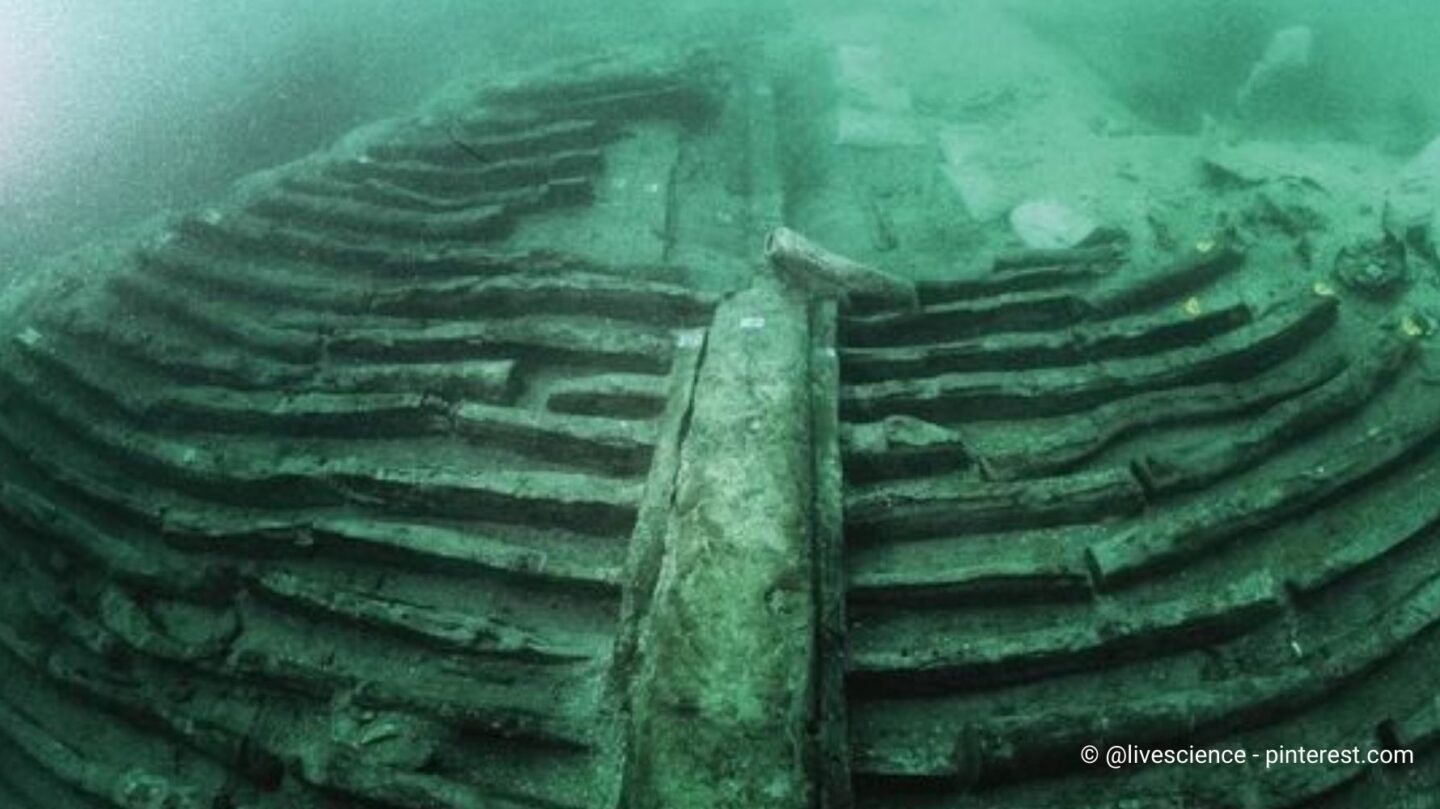Time Capsules Beneath the Waves
Ancient shipwrecks are more than sunken vessels; they are time capsules that preserve moments from human history. Hidden beneath the sea for centuries, these wrecks offer invaluable insights into the maritime trade, technology, and cultures of bygone civilizations. From cargo holds filled with goods to innovative ship designs, each discovery sheds light on how ancient people navigated the oceans and connected distant worlds.
The study of shipwrecks has revolutionized our understanding of maritime history, revealing the critical role seafaring played in shaping economies, politics, and cultural exchange.
The Uluburun Shipwreck: A Window into Bronze Age Trade
One of the most significant ancient shipwrecks ever discovered is the Uluburun shipwreck, found off the coast of modern-day Turkey in the 1980s. Dating back to around 1300 BCE, this Late Bronze Age vessel carried a remarkable cargo that highlighted the interconnected trade networks of the time.
The ship’s cargo included copper ingots from Cyprus, glass beads from Mesopotamia, ivory from Africa, and ceramics from the Aegean. These artifacts demonstrate that long-distance trade flourished between regions as far apart as Egypt, Anatolia, and the Levant. The discovery also proved that the Mediterranean was a hub for cultural and economic exchange, where goods—and ideas—flowed freely.
Roman Shipwrecks: Evidence of a Vast Maritime Empire
During the height of the Roman Empire, the Mediterranean Sea became a “Roman lake,” enabling trade, military campaigns, and communication across vast territories. Numerous Roman shipwrecks have been found, offering a glimpse into the empire’s maritime prowess.
For example, the discovery of ancient dolium jars—large clay containers used for transporting olive oil, wine, and grain—inside shipwrecks reveals the scale of Roman trade and the importance of maritime commerce to sustain the empire. Many Roman vessels also demonstrate advanced shipbuilding techniques, including the use of mortise-and-tenon joints to strengthen their hulls.
The Roman shipwrecks also highlight how goods such as spices, glassware, and luxury items traveled great distances, connecting Rome to distant parts of the world, such as the Middle East, North Africa, and even India.
The Antikythera Shipwreck: A Technological Marvel
The Antikythera shipwreck, discovered off the Greek island of Antikythera in 1900, has captivated historians and scientists for over a century. Dated to around 100 BCE, the ship carried luxury goods, statues, and most famously, the Antikythera Mechanism.
The mechanism, a complex bronze device with intricate gears, is often considered the world’s first analog computer. It was used to predict celestial events, such as eclipses and the phases of the moon. This discovery demonstrates the sophistication of ancient Greek engineering and highlights their advanced understanding of astronomy.
Lessons from the Deep
Ancient shipwrecks not only reveal technological innovation but also offer evidence of human resilience and ambition. They show how civilizations relied on maritime trade to thrive, spreading goods, knowledge, and cultures across the seas. Shipwrecks also tell stories of challenges—storms, piracy, and human error—that were an ever-present risk for sailors.
Modern archaeological techniques, including underwater robotics and 3D mapping, allow researchers to explore these shipwrecks without disturbing their fragile remains. Each new discovery expands our understanding of maritime history, bridging the gap between past and present.
Preserving Maritime Heritage
As climate change and human activity threaten underwater heritage sites, preserving ancient shipwrecks has become a priority. These sites not only enrich our understanding of history but also serve as reminders of the enduring relationship between humans and the sea.
A Voyage Through Time
From the Uluburun shipwreck to the Antikythera discovery, ancient shipwrecks continue to reveal the ingenuity, interconnectedness, and ambition of early civilizations. Each wreck tells a unique story, offering us a glimpse into the lives of those who dared to explore uncharted waters. In studying these silent relics of the deep, we uncover the maritime legacy that helped shape the world we know today.
